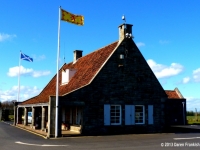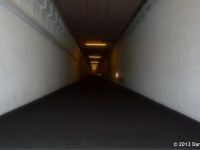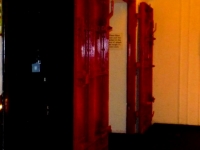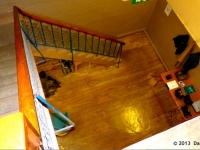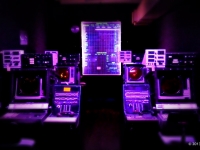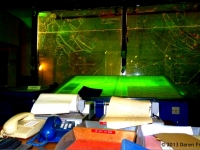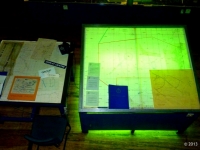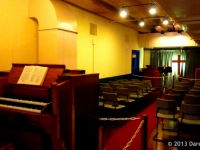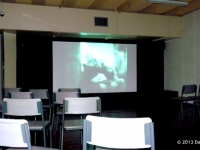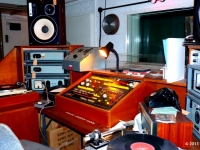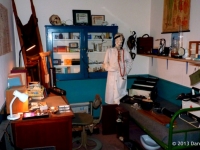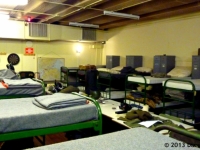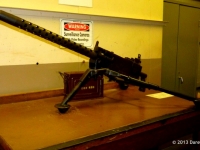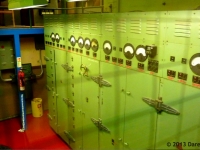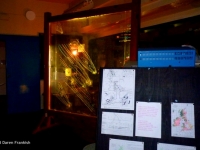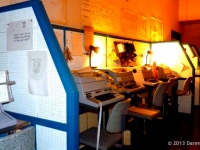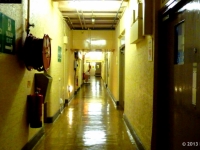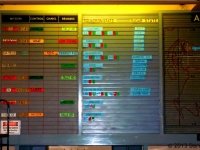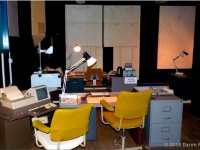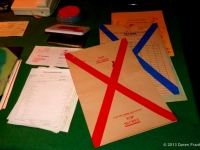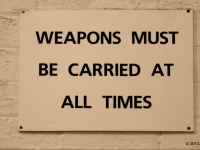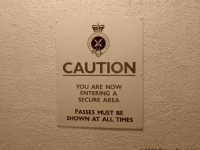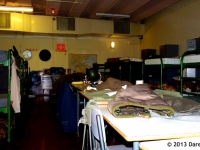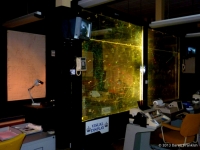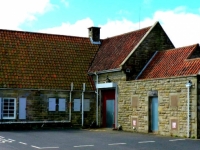Miscellaneous
Cold War Time Capsule - The Secret Bunker
Troywood Secret Bunker 21 years on
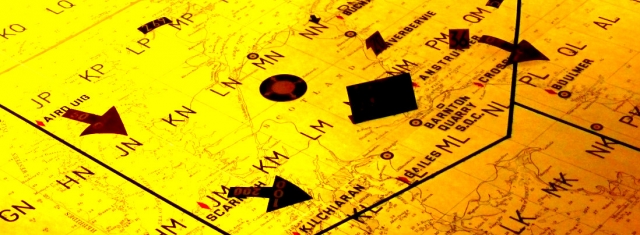
Scotland's Secret Bunker (Source: © 2013 Daren Frankish)
USPA NEWS -
Decommissioned in 1992 Troywood, Scotland's secret bunker lies 3 miles North of Anstruther, Fife. Now a major tourist attraction Scotland's secret bunker is a cold war time capsule. When you visit the secret bunker you will find a disguised red tiled farmhouse inconspicuous in it's surroundings.
Scotland´s secret underground command centre is 24,000 sq ft ( 2 229.67296 m2) and 100 ft (30.48 meters) underground. The two layered Bunker contains two cinemas, cafeteria, operations room, Royal Air Force and Royal Observer Corps centre, radar room, Chapel, Armoury, Nuclear command and control centre, BBC broadcasting room, accommodation dormitories for 300 people.
The Secret Bunker was originally one in a chain of radar station posts (Codenamed Rotor) operated by the Royal Air Force after World War II. The radar stations where designed to locate approaching Soviet military airplanes. In 1958 the Regional Civil Defence Corps converted the former radar station into it´s head quarters. In the 1970s the bunker was refurbished and rebuilt on a larger scale. The role of the bunker was to maintain a main seat of government in Scotland in the event of a nuclear conflict.
Bunker Life (source: secretbunker.co.uk)
Staff in the bunker would have slept in one of the six dormitories which were capable of sleeping up to 300 personnel. Staff would sleep for six hours and then swap their bunks with another staff member for the next six. This was known as “˜Hot Beds´.
Along with military personnel there would have been a fully equipped and staffed BBC sound studio. They would have issued emergency broadcasts with all other radio and TV channels “˜off air´.
All this time personnel would never see daylight, they couldn´t even shower as uncontaminated water was too precious a commodity and remember they may have had to stay underground for over three months.
Staff in the bunker would have slept in one of the six dormitories which were capable of sleeping up to 300 personnel. Staff would sleep for six hours and then swap their bunks with another staff member for the next six. This was known as “˜Hot Beds´.
Along with military personnel there would have been a fully equipped and staffed BBC sound studio. They would have issued emergency broadcasts with all other radio and TV channels “˜off air´.
All this time personnel would never see daylight, they couldn´t even shower as uncontaminated water was too precious a commodity and remember they may have had to stay underground for over three months.
more information: https://www.secretbunker.co.uk/
Liability for this article lies with the author, who also holds the copyright. Editorial content from USPA may be quoted on other websites as long as the quote comprises no more than 5% of the entire text, is marked as such and the source is named (via hyperlink).

